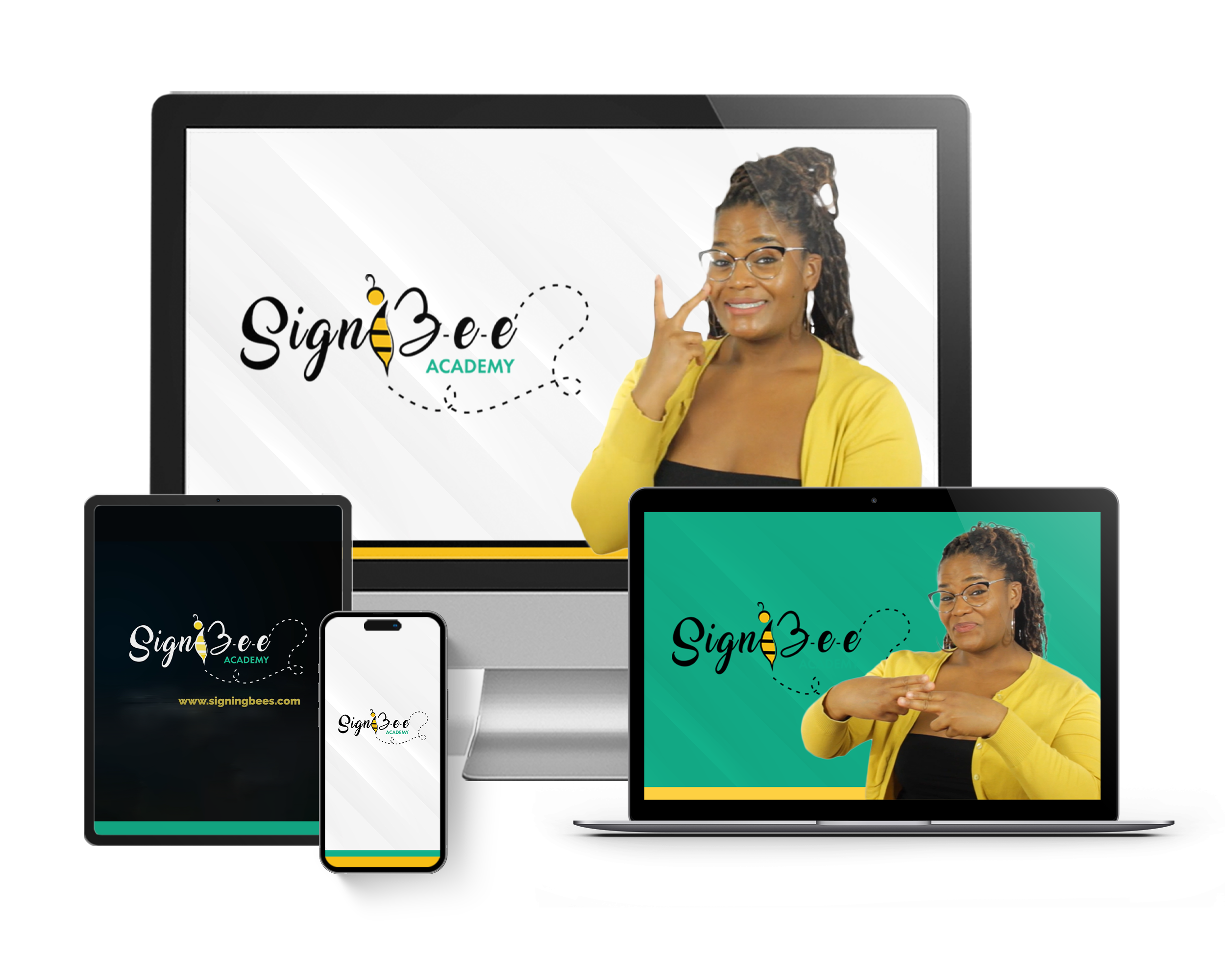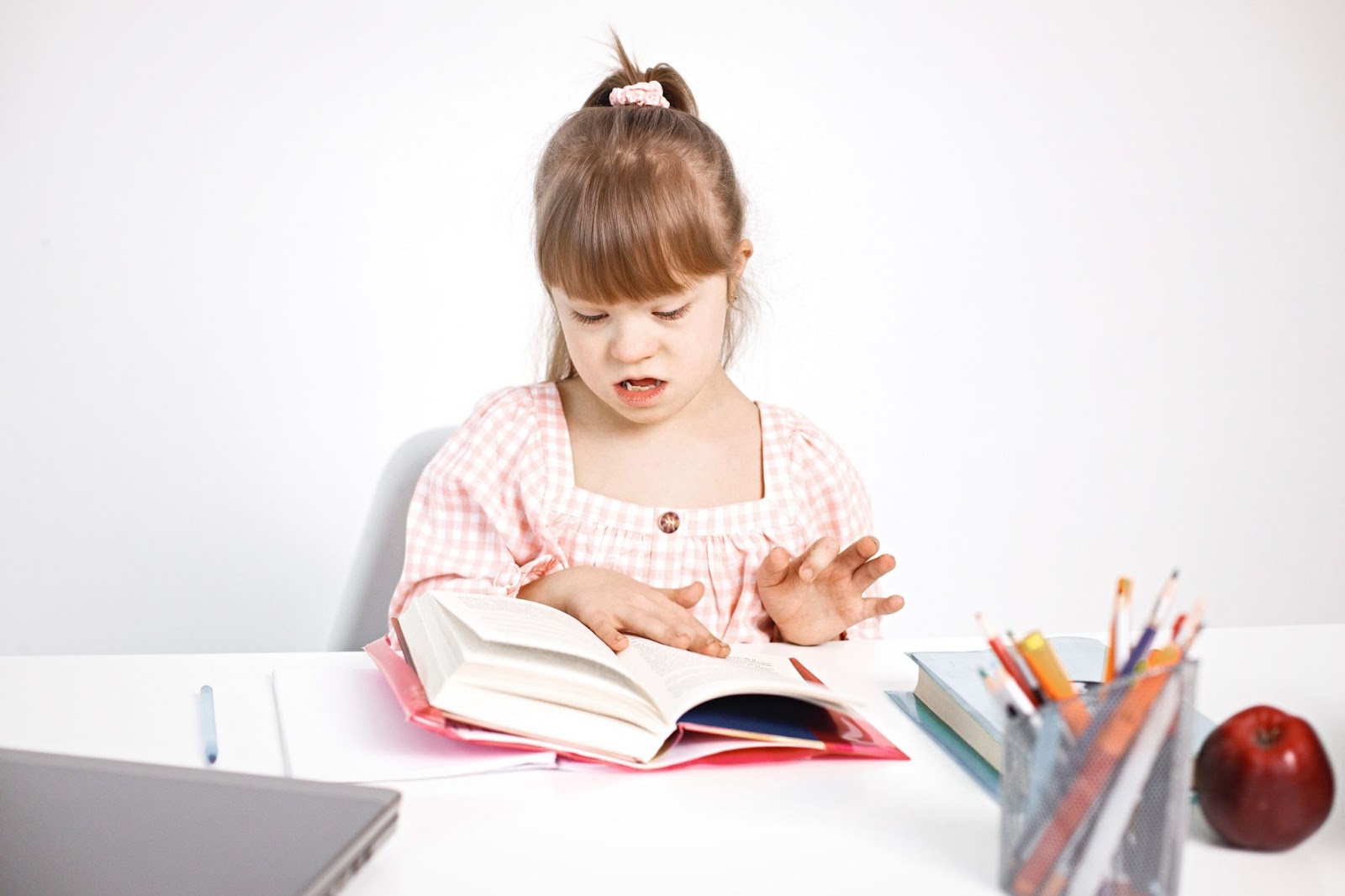Most people assume that nothing can be done when it comes to making productive efforts in trying to communicate with children with special needs but the reverse is the case. Aside from engaging in speech therapy, sign language is a major tool that helps not just children with special needs, but children who struggle with speech delay, and there are a lot of reasons responsible for that. ASL allows for better expression for these children than any spoken language could, so the notion that ASL is meant only for the deaf and hard of hearing should be debunked. Alternatively, let’s consider how ASL can benefit children who have disabilities.
Utilizing ASL in Some Disabilities
ASL Can Be Used in Cases of Autism
Although there are indeed several types of autism, they all share the same communication, social, and behavioral skill development difficulties. But because ASL is a non-verbal language and has various expressions that improve communication for both children and adults, it can help autistic children who have difficulty with verbal communication. These kids find it simpler to improve their social skills after an outlet for expression through ASL has been found, and some behavioral issues like tantrums, aggression, and overdependence can gradually be alleviated.
ASL Can Be Used in Cases of Down Syndrome
Image by pikisuperstar on Freepik
The speech of kids with Down syndrome is typically slower than that of other kids. Additionally, some of them suffer from additional medical conditions like ear infections and hearing loss. Although they were born with these, there is still some hope. ASL can be used to assist them, especially at a very early age. These children can be continuously shown videos of the ASL signs, and their caregivers can help them by also mimicking the signs the children watch. When these signs are continuously used in front of these children, they will inevitably learn them and consequently develop better communication skills.
Various Forms of Speech Delays With ASL
Autism and Down syndrome are not the only disabilities with speech delay characteristics. Other forms of speech delay include:
Stammering:
The act of repeating a particular sound, word, or phrase unintentionally during speech. Children (especially between childhood and adolescence) with this type of speech delay sometimes experience confidence issues when speaking to others outside of their immediate social groups. They may be targets of bullying if their fear of speaking is taken for timidity. To avoid this, the child might be taught ASL and how to communicate using sign language because being able to confront a bully, even with the use of sign language, seems to always be preferable to keeping quiet altogether.
Dysarthria (Slurred Speech):
It is one thing for someone to slur their speech when they are intoxicated or ill; it is quite another when one is born with a persistent slurred speech that makes it difficult to understand what they are saying. People born with this disability are frequently subjected to mockery, but in understanding ASL, such a child can avoid talking with slurs and express themselves freely.
Expressive Speech Delays:
When a child understands the language they hear and see but find it difficult to form speaking sounds and words to express themselves, this occurs. Particularly for children who frequently burst into emotion, situations like these can be extremely frustrating. Giving such a child ASL (that makes use of various body parts to convey various ideas) as a means of expression may be beneficial.
Receptive Speech Delays:
Receptive speech delays work the other way around from expressive speech delays. It defines a condition in which a child struggles to make sense of the language he receives. ASL can act as a measure for this type of speech delay because of its basic attributes. It is simple, straightforward, and easy to use when applying it to everyday living.
Apraxia of Speech
The brain is in charge of all human activity. The term “apraxia of speech” refers to a condition where the brain is unable to send the proper signals to the muscles that allow for speaking. Children should never have to go through that torture repeatedly where they have words prepared to say but their brains aren’t helping them say them. Instead, give them an alternative–ASL(using another part of their brain) which gives them the tool to communicate irrespective of their inability to speak their intended words.
Selective Mutism
You’ll be surprised to learn that there are times when a child who can hear develops major speech difficulties because they experience a particular type of anxiety when they are in particular settings or circumstances. This is the premise of selective mutism. Contrary to conventional assumption, these kids would benefit more from learning ASL than from being pushed to speak. ASL helps to eliminate social anxiety.
Conclusion:
Not just children with hearing impairments experience speech delays. It is regrettably common among those who are neither deaf nor hard of hearing. Statistics reveal that boys are more likely than girls to struggle with stuttering and that nearly one in twelve children under the age of three have experienced a speech-related issue. This suggests that trying to find a solution to the issue of multiple speech delays will always be of great concern on a national and international level.
According to a more comprehensive statistical analysis, one in six American children suffer from one or more developmental problems. Even though these statistics are horrifying, it is good to know that research is still being done to lessen the burden of these disabled people.
The use of ASL to assist children with special needs or one type of speech delay or another in better being able to communicate with their environment is one of the outcomes of this constant research. The perception of ASL as a language used by a limited group (the deaf and hard of hearing) has long since been relinquished. Both individuals and society stand to benefit greatly from this sign language better called, speech-assistance language. Visit the SigningBee Academy for additional resources to aid in your ASL learning.
Thumbnail Photo Credit to Image by prostooleh on Freepik





